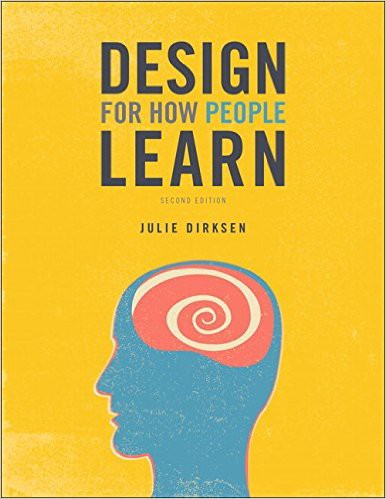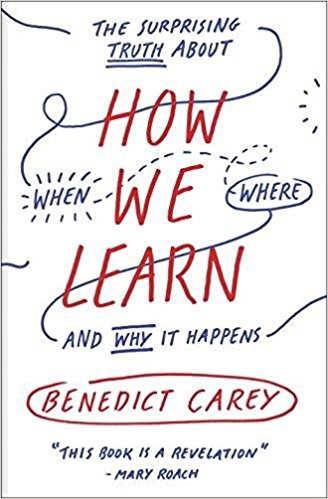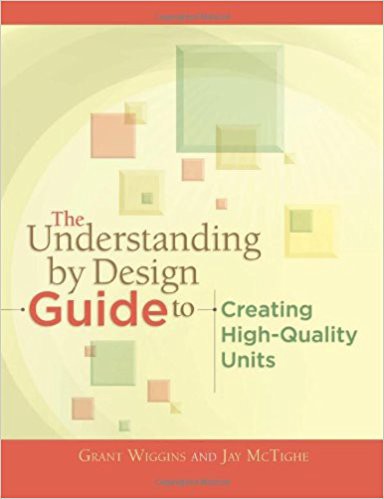1. Design for How People Learn by Julie Dirksen
If you only read one book, make it this one.
Although Julie talks about learning styles, which is a myth we should rid society of ASAP, she provides a really well laid out foundation for understanding the many complexities of how people learn and how to design in ways that support that (note: in this case design means designing learning experiences, not Design). This book is jam-packed with information, and it’s written in easy to understand terms.
However, it goes from 0 to 60 very quickly and doesn’t spend much time explaining the concepts it goes into. You might want to pair it with other books on this list in order to better understand why or how to apply this information.
2. How Learning Works: Seven Research-Based Principles for Smart Teaching by Susan A. Ambrose, Michael W. Bridges, Michele DiPietro, Marsha C. Lovett, and Marie K. Norman
If Design for How People Learn is too much for you, I find the seven principles to be approachable and impactful. This book will put design’s concepts of mental models and information architecture in a whole new light, among others. A very brief overview of the principles of the book can be found here.
Also, shout out to CMU. Go Tartans!
3. How We Learn: The Surprising Truth About When, Where, and Why It Happens by Benedict Carey
This is great place to start if you’re curious but not convinced about learning science principles. It’s much more digestible than some of the others since it was written for pop culture consumption. It still manages to tell the history of and explain some important learning science principles like the spacing effect and desirable difficulty in human terms. It’s not solely focused on the methods either. It’s more about what they mean in the real, messy, human ways.
4. The Understanding by Design Guide to Creating High-Quality Units by Grant Wiggins and Jay McTighe
This is the workbook companion to Understanding by Design, but it’s far less workbook than it is a distillation of the framework they laid out in the book. It’s made for educators practicing in classrooms, so it might seem a bit intense or tangential, but the concepts are applicable to designing products or even managing people. This is the book that introduced me to the concept of backwards design. It’s the only book on this list that I read in graduate school and kept after school ended. It was also so useful to me that I bought it twice after the first book had an unfortunate encounter with a coffee mug.
Extra-credit: E-Learning and the Science of Instruction: Proven Guidelines for Consumers and Designers of Multimedia Learning by Ruth C. Clark and Richard E. Mayer
Mayer and Clark have been publishing books about delivering learning materials online for years (hence e-learning). This book is chock full of learning science principles explained with many online examples, but most of them would make the average designer think “no shit”. If anything, I would file this read under “educators should understand design” but it’s nice to learn how digital design has an impact on the way people digest and learn information and why.
If you’re designing an educational product, I would make this one required reading, just so you can take these examples to your team any time they try to make you do something dumb because it sounds fun.





No Comments.